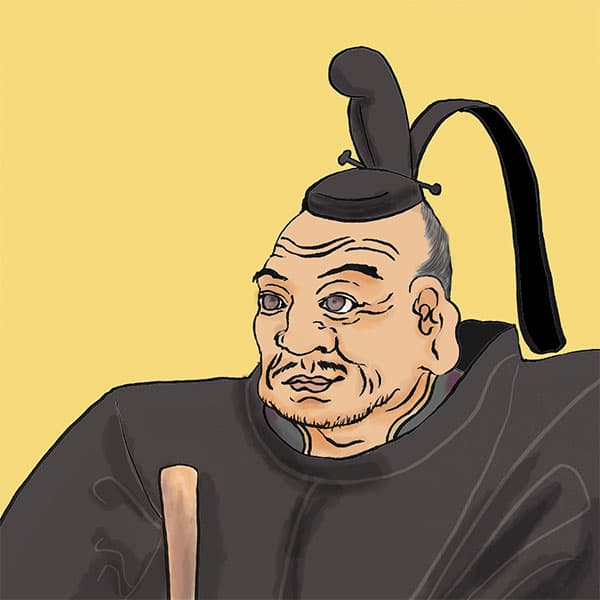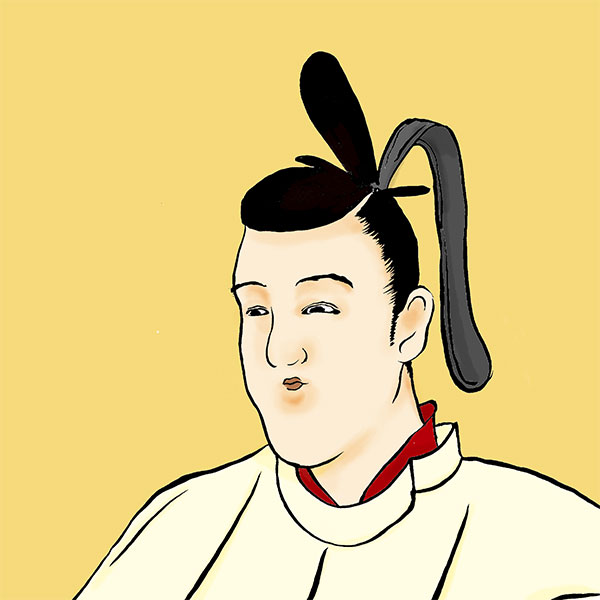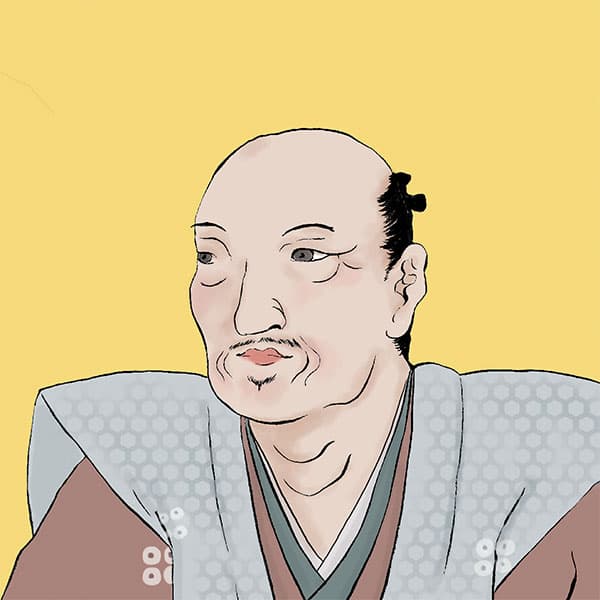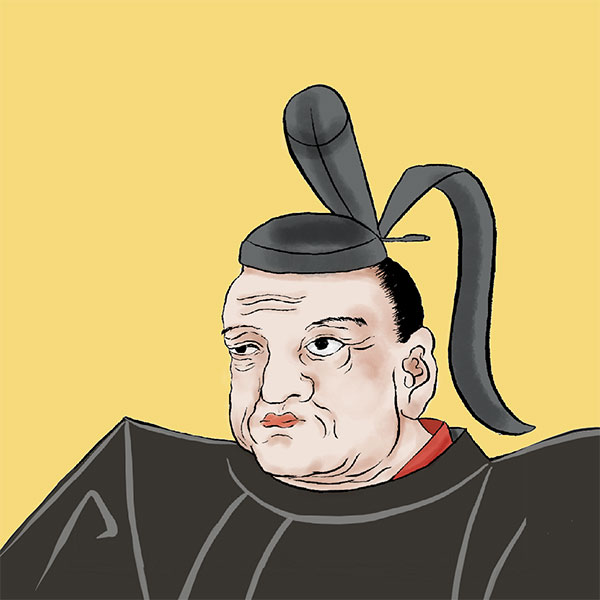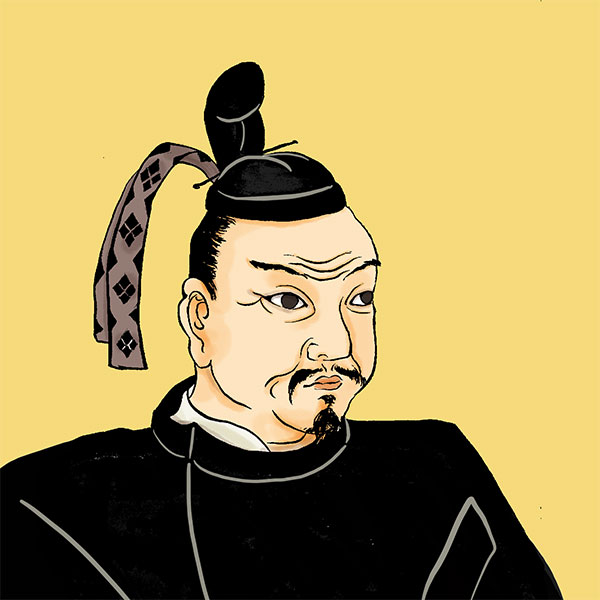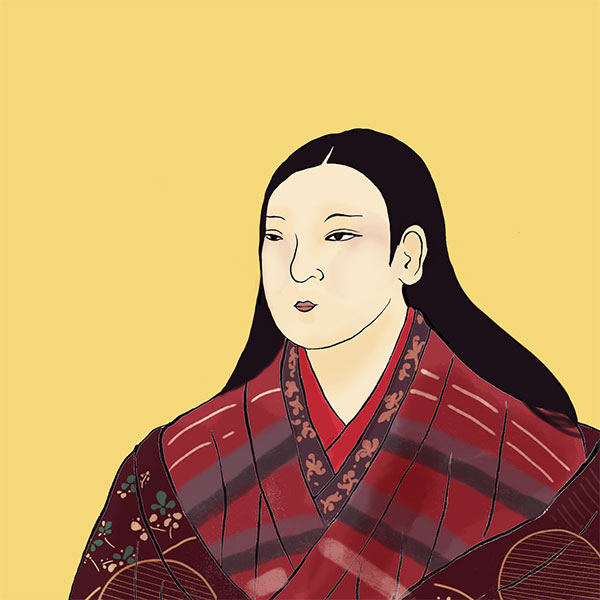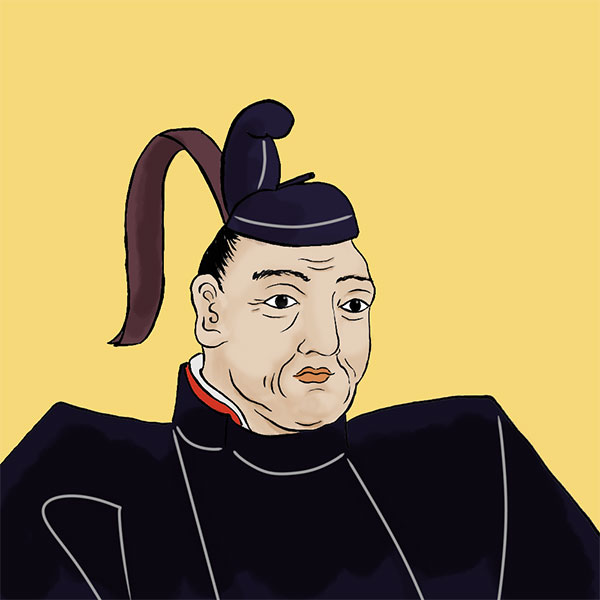Osaka winter camp (1/2)Sanada Maru, which caused suffering to Ieyasu

Osaka winter camp
- Article category
- case file
- Incident name
- Osaka Winter Camp (1614)
- place
- Osaka Prefecture
- Related castles, temples and shrines

Osaka Castle

Nijo Castle
- people involved
The Battle of Osaka was a battle in which Tokugawa Ieyasu, who founded the Edo Shogunate, destroyed the Toyotomi family, his lord. The last war of the Sengoku period took place during the Edo period. As a result of two battles, the Osaka Winter Siege in 1614 and the Osaka Summer Siege the following year, the Toyotomi family was destroyed, and the Tokugawa family ruled the government for over 200 years. I will continue to do so. This time, I will explain the first battle of the Osaka no Jin, the Osaka Winter Jin.
Ieyasu takes over the country at the Battle of Sekigahara
The Battle of Sekigahara, which took place on September 15, 1600, between the Western army led by Ishida Mitsunari and the eastern army led by Tokugawa Ieyasu, ended with Ieyasu's victory. As a result, Ieyasu became even more powerful as the head of the Toyotomi family's Five Elders. However, the Battle of Sekigahara was a battle between senior vassals within the Toyotomi family, and both sides were fighting for their lord, Toyotomi Hideyori.
However, in the aftermath of the Battle of Sekigahara, Hideyori's territory of 2.22 million koku was reduced to a total of 650,000 koku in Settsu, Kawachi, and Izumi Province (present-day Osaka Prefecture to southeastern Hyogo Prefecture). Ieyasu led the postwar process. Although this greatly reduced the power of the Toyotomi family, it continued to maintain its authority. The Imperial court respected Hideyori by increasing his official rank, and there are records of various daimyo and court nobles coming to greet Hideyori at the beginning of the year.
The Toyotomi family was shocked: "The shogun is hereditary in the Tokugawa family"
In 1603, Ieyasu ascended to the rank of Seii Taishogun and established the Edo Shogunate. However, at this point, the Toyotomi family seemed to think that Hideyori would take over the government after Ieyasu. According to Toyotomi Hideyoshi's will, Ieyasu was entrusted with the administration of the country only ``until Hideyori became fit to rule the country.'' In order to strengthen their relationship, Hideyoshi appointed Ieyasu's grandson, Senhime, to be Hideyori's fiancée, and the two were married in July 1987.
However, in April 1605, Ieyasu handed over the title of Seii Taishogun to his eldest son Hidetada instead of Hideyori, making it known to the world that the post of Shogun would be hereditary to the Tokugawa family. The Toyotomi family was furious at this, saying, ``What's wrong with directly going against Hideyoshi's will!'' Furthermore, Ieyasu ceded the official rank given to him by the Imperial Court, ``Minister of the Right,'' to Hideyori, but it was a dead giveaway.
After that, Ieyasu tried to encourage Hideyori to become a vassal, and Hideyori's mother, Yodo-dono, who was a central figure in the Toyotomi family, was furious! In this way, the conflict between the Tokugawa family and the Toyotomi family came to the fore and gradually deepened.
“Hokoji temple bell” was the cause of the Osaka Winter Siege
Meanwhile, a decisive incident occurred that escalated the conflict between the two families into a battle. This was the ``Hokoji Temple Bell Incident'' that took place in August 1614. The story began with the Toyotomi family's efforts to restore and construct temples and shrines for Hideyoshi's memorial service. The Toyotomi family was recommended by Tokugawa Ieyasu to rebuild the Great Buddha Hall at Hokoji Temple in present-day Higashiyama Ward, Kyoto City.
After the reconstruction was completed, the Toyotomi family attempted to hold a memorial service for the opening of the eyes of the Great Buddha Hall in August 19th year of the Keicho era, but the Tokugawa family put a wait on this memorial service. The cause was the inscriptions engraved on the temple bell of Hokoji Temple, which read ``Kokka Ankou'' and ``Kunshin Horaku Descendant Yin Chang.'' Regarding ``national security and health'', I criticize the fact that the title Ieyasu (Ieyasu is not usually called during his lifetime) is written, and that he is divided by the character ``Kuni'' and ``An''.
Regarding ``Prince and vassal Horaku, Descendants Yin Sho'', they criticize it as meaning ``With Toyotomi as the ruler, enjoy the prosperous prosperity of his descendants Yin'', and is this also a curse against the Tokugawa family? I even suspected that. Although this may seem like a case of haste, it seems that it was a matter that could not be blamed given the common sense of the time, and people with religious authority, such as the monks of Kyoto's Gozan, supported Ieyasu's opinion. I am.
The attacked Toyotomi family hastily dispatched Katsumoto Katagiri, a direct vassal known as the Seven Spears of Shizugatake, to Ieyasu to try to make excuses, but Ieyasu does not meet him. Next, Ieyasu dispatched the Minister of Finance, who served as Yodo-dono's wet nurse, and Ieyasu calmly met with him. On September 6th, Ieyasu met with the two men again and demanded that they come up with a plan for peace. Furthermore, on the same day, the feudal lords of the western regions were asked to swear an oath of loyalty to the shogunate, so it seems that war with the Toyotomi family was already on the horizon.
After receiving Ieyasu's request, Katsumoto Katagiri returned to Osaka and gave Yodo-dono and his friends three options: ``Hideyori will visit Edo,'' ``Send Yodo-dono to Edo as a hostage,'' and ``Hideyori will leave Osaka and agree to a change of country.'' I suggest. When Yodo-dono heard this, he was furious. Katsumoto was treated as a traitor by the Toyotomi family, and even plans were made to assassinate him. As a result, Katsumoto left Osaka and joined the Tokugawa side.
The Tokugawa family is steadily gathering soldiers, and the Toyotomi family is gathering ronin.
Tokugawa Ieyasu criticized the Toyotomi family's response to Katsumoto Katagiri, and used this as a good cause to order the various feudal lords to dispatch troops to Osaka, resulting in approximately 200,000 soldiers gathering. Ieyasu himself left Sunpu (Shizuoka City, Shizuoka Prefecture) on October 11th and entered Nijo Castle in Kyoto on the 23rd. At this time, Ieyasu was 73 years old (also 72 years old), but he was active as a powerful figure.
Other daimyo members include Naotaka Ii, Kagekatsu Uesugi, Masamune Date, Yoshinobu Satake, Takatora Todo, Tadamasa Honda, Tadanao Matsudaira, and Hidenari Mouri. Regarding military commanders who had close ties to the Toyotomi family, such as Masanori Fukushima and Nagamasa Kuroda, Ieyasu asked them to stay at Edo Castle, perhaps fearing betrayal (his son and others also participated).
The daimyo who received Ieyasu's orders returned from Edo to Kunimoto, prepared their troops, gathered at designated gathering places such as Seta, Otsu, and the suburbs of Kyoto, and prepared for battle. On November 15th, Ieyasu departed from Nijo Castle, and on November 18th, he held a military council with Hidetada, who had followed him, at the castle on Mt. Chausu (Osaka City, Osaka Prefecture).
On the other hand, the Toyotomi family also prepares for war. The main characters are Toyotomi Hideyori, a young 22-year-old military commander, and Yodo-dono (thought to be around 46-48 years old). Yodo-dono was the eldest of the three Azai sisters born to Oichi, Oda Nobunaga's younger sister, and Nagamasa Azai, and she doted on Hideyori. It is said that Yodo-dono's anti-Tokugawa stance led to the Osaka Siege.
The Toyotomi army tried to gather allies while purchasing food supplies, but no daimyo joined the Toyotomi family. This was because the Tokugawa family's hereditary system of shogunate had been established, and the territory was secure, so there was no reason to go out of your way to go against the Tokugawa family. The feudal lords who had joined the eastern army in the Battle of Sekigahara had followed Ieyasu, so the ones who could be recruited into their ranks were the ronin warlords who had joined the western army due to kaiki. In this way, the Toyotomi family gathered around 100,000 soldiers, mainly ronin. In addition to Yukimura Sanada, famous for the Sanada Maru, military commanders who sided with the Toyotomi family included Zento Akashi, Matabei Goto, Morichika Chosokabe, and Katsunaga Mori.
Will the Toyotomi army, which is at an overwhelming disadvantage with half the number of the Tokugawa family, fight against the Tokugawa army? The Toyotomi clan's direct vassal, Harunaga Ohno, and other siege factions claimed to besiege Osaka Castle, which was famous as an impregnable stronghold, and the Tokugawa army, led by Yukimura Sanada, took control of the Kinai region and divided the Tokugawa forces in Kanto and Kansai, leading to a long war. There was a fight between aggressive groups who wanted to bring the war and win over the feudal lords of Kansai to their side. The Toyotomi army chose to besiege themselves at Osaka Castle.
Osaka Winter Siege begins
Then came November 19, 1614. The Tokugawa army and the Toyotomi army clash in the ``Battle of Kizugawaguchi.'' The Tokugawa army, with the participation of Hachisuka Shichin, Asano Nagaaki, and Ikeda Tadao, attacked the Toyotomi army's fort at Kizugawaguchi. Originally, the three men were supposed to attack together, but as a result of Shichin's hasty rush, the Toyotomi army's fort fell, but the impatient Asano army rushed across the river, resulting in many drownings. This is the result.
- people involved

- WriterNaoko Kurimoto(Writer)I am a former travel industry magazine reporter. I have loved history, both Japanese and world history, since I was a child. I usually enjoy visiting temples and shrines, especially shrines, and often do ``pilgrimages to sacred places'' themed around historical figures. My favorite military commander is Ishida Mitsunari, my favorite castle is Kumamoto Castle, and my favorite castle ruins is Hagi Castle. My heart flutters when I see the ruins of battle castles and the stone walls of castle ruins.



